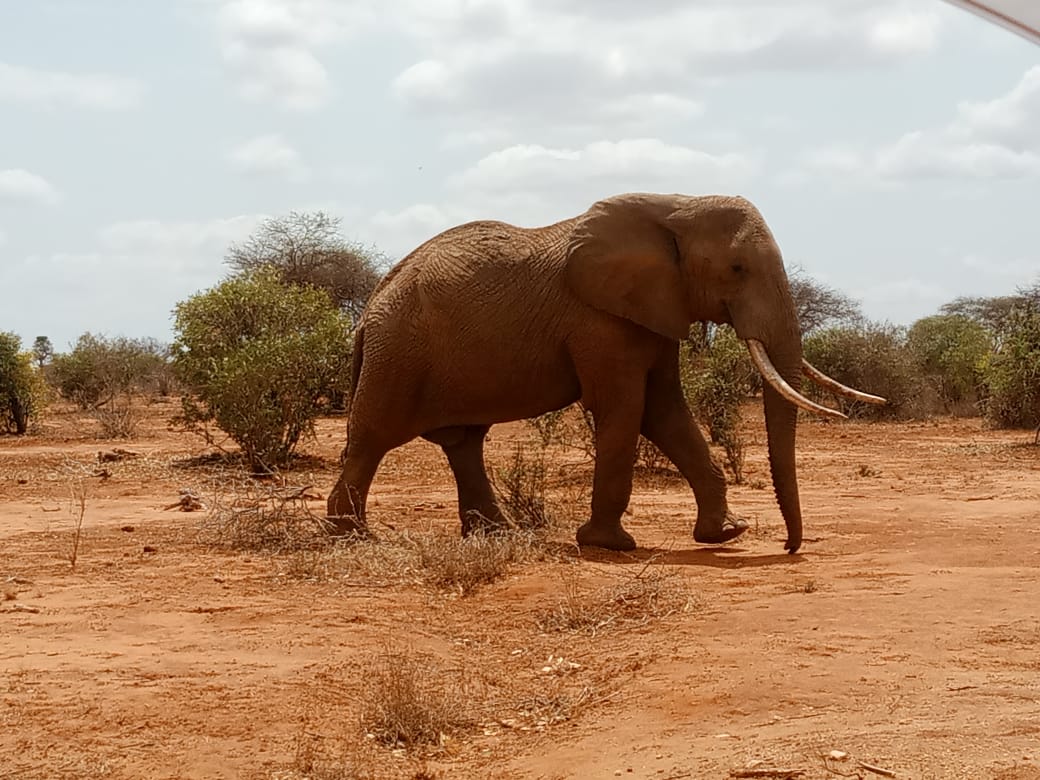If you want to learn more on risk reward ratio Forex and Forex risk management, then go read The Complete Guide to Forex Risk Management. The risk-reward ratio (or risk return ratio) measures how much your mvc developer job openingssearch mvc developer job opportunities in india potential reward (or return) is, for every dollar you risk. To calculate the risk-reward ratio, simply divide the potential profit by the potential loss. Experienced traders might adjust their risk-to-reward ratio by modifying position sizes to maintain a consistent risk level across trades. Risk reward ratios could change with experience because experienced traders have a better understanding of their risk tolerance, which can in turn affect their risk-to-reward ratio.
What is a risk reward ratio in trading?
The optimal risk-reward ratio varies across different trading strategies and asset classes, and determining the ideal ratio may involve a degree of trial and error. The risk-reward ratio remains constant with the use of leverage as it scales up the level of risk taken in proportion to potential returns. This oversight could expose their portfolio to higher potential losses without an appropriate potential for gain.
- The risk/reward ratio is often used as a measure when trading individual stocks.
- Therefore, any accounts claiming to represent IG International on Line are unauthorized and should be considered as fake.
- It’s important to note that leverage amplifies both the profits and losses on your deposit.
- It’s a no-brainer that trading with the trend will increase the odds of your trade working out.
How can you test your risk reward ratio strategy?
You can also use this in your risk management as it helps you calculate your risk/reward ratio. Market conditions are in constant stock price quote and latest news flux, presenting different levels of volatility and risk. Expert traders adapt by adjusting their risk reward ratio to match these conditions. In highly volatile markets, for instance, they might accept lower reward for a given level of risk, to account for the increased uncertainty.
The risk to reward ratio (R/R ratio) measures expected income and losses in investments and trades. Traders use the R/R ratio to precisely define the amount of money they are willing to risk and wish to get in each trade. The risk/reward ratio is measured by dividing the distance from your entry point to Stop Loss and the distance from your entry point to Take Profit levels. The psychological dimension of trading is often its most challenging aspect. Applying risk reward principles instills a sense of confidence and control among traders. Knowing that each trade adheres to a carefully considered risk reward ratio can reduce stress, prevent impulsive decisions, and promote a more patient, deliberate trading style.
What tools help calculate risk reward ratio easily?
The risk-reward ratio in trading is a measure that compares the potential profit one can earn on an investment to the risk of loss. Finding the right risk-reward ratio is like finding the perfect balance on a seesaw. Leaning too far toward either risk or reward can throw off your balance and lead to a less than optimal investment outcome. The reward-to-risk ratio (RRR) is among the most important metrics that traders use to evaluate the potential profitability of a trade against its potential loss.
When trading single candlestick patterns, no pattern is more powerful than the engulfing candlestick pattern. Now we can open our position and wait for the target to get hit. In the case of trading with RSI, our Take Profit should be near the closest resistance line, which is $1833.
A decent support line lies at the $1800, so our Stop Loss will be at the $1790 level. Yarilet Perez is an experienced multimedia journalist and fact-checker with a Master of Science in Journalism. She has worked in multiple cities covering breaking news, politics, education, and more. Her expertise is in personal finance and investing, and real estate.
For example, if you have a 60% win rate, you are making a profit on 60% of your trades (on average). In the trading example noted above, suppose an investor set a stop-loss order What is contango at $18, instead of $15, and they continued to target a $30 profit-taking exit. That's because the stop order is proportionally much closer to the entry than the target price is. So although the investor may stand to make a proportionally larger gain (compared to the potential loss), they have a lower probability of receiving this outcome.
Ideally, the trader identifies trading opportunities where the price does not have to travel through major support and resistance barriers in order to reach the target level. The more price “obstacles” are in the way from the entry to the potential target, the higher the chances that the price will bounce along the way and not reach the final target. Every undertaking in the market that involves any return demands a certain amount of risk. Avoid emotional decisions because they can change your preset financial goal and lure you into making inconsistent bets. It’s always necessary to have a risk-to-reward ratio to take calculative risk. I’ll give you 1.1 BTC if you sneak into the tiger cage and feed raw meat to the tiger with your bare hands.
One frequent error in risk reward calculation is disregarding the quality of a trade setup. A focus solely on achieving a specific ratio can lead traders to force positions in unsuitable market conditions or on weak signals. Another misstep involves not adapting the ratio to fluctuating market volatility, which can render predefined risk levels inappropriate.
For ‘normal’ distributions, 68% of returns will fall within one standard deviation above and below the mean. Further, 95% of the return rates will fall within two SDs, and 99.7% will occur within three SDs. In cases where your R/R ratio is greater than 1, each unit of risked capital is potentially earning you less than one unit of an anticipated reward.
Historical data helps assess a stock’s volatility, sensitivity to market movements, and overall risk level, which informs investment decisions. Risk management strategies related to risk-reward ratios act like a margin of safety. Risk management in trading encompasses the expectancy of trades and the dynamic nature of the reward to risk ratio. Investors can adjust their risk-reward ratio in response to market volatility, taking on lower potential rewards for a given level of risk to manage increased uncertainty. By adjusting risk-to-reward ratios in accordance with personal risk appetite, investors can make better investment decisions that complement their individual comfort levels.
Risk is the uncertainty that you take on when opening a position, as the outcome may not be what you expected. Reward is the positive outcome of your position, for example, a high dividend payment. Interest rate risk mostly affects long-term, fixed investments because fluctuations can cause a decline in the value of an asset. This type of risk is the probability of an open position being adversely affected by exposure to changing interest rates. Note that, although these are used widely, none are guaranteed to accurately represent actual risk levels.You should always employ a solid risk management strategy.







